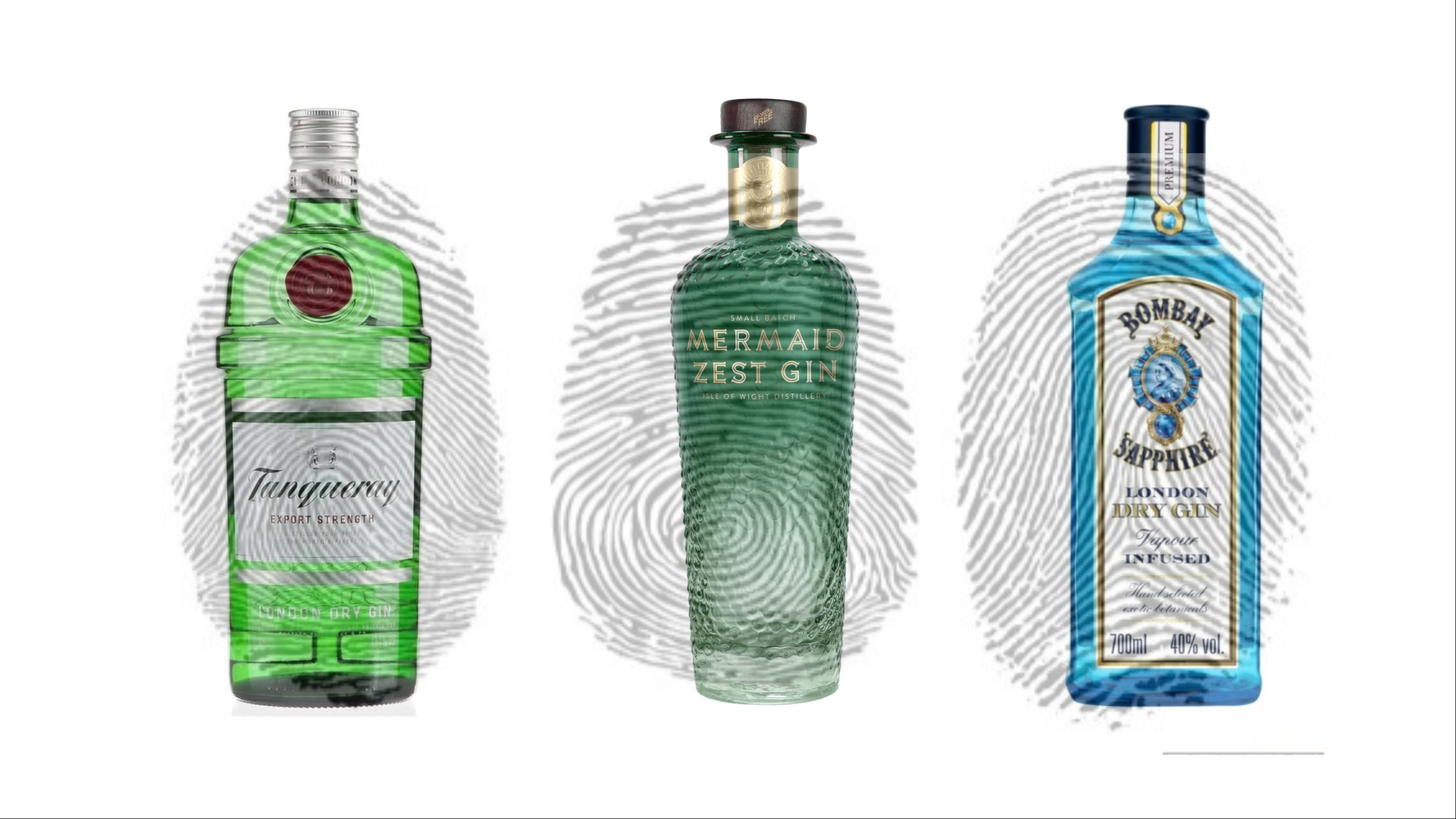

Since the dawn of the millenium, gin has been a favourite among spirits drinkers looking for something light and herbal on the palate.
Dubbed 'the great gin boom', the past two decades have seen a new wave of distillers transform a traditional and relatively 'old fashioned' spirit into a must-have mixer and cocktail ingredient - and we've loved tasting it.
But the sheer number of new releases also transformed the gin market into something of a Wild West where the juniper offering was concerned.
Which is why the news that a bunch of scientific boffins have created a blueprint for the perfect gin has peaked our interest.
Discovered by four scientists in Edinburgh, the concept known as NMR spectroscopy effectively creates a gin fingerprint that can pinpoint the elements of gin that make up the flavour, scent and overall mouthfeel.
It may all sounds rather meticulous, but it could help raise standards in an otherwise unregulated industry.
After all, gin has become a famously grey area where alcohol standards are concerned.
Get exclusive shortlists, celebrity interviews and the best deals on the products you care about, straight to your inbox.
Armed with their own gatekeepers and tight standards, categories like Scotch whisky or location-specific offerings including cognac and champagne have tightly regulated parameters that have to be met in order to use the labels.
But gin is different. All a distiller needs in order to label their release 'gin' is to demonstrate their product has a minimum 37.5 percent ABV and a distinctive taste of juniper. That's it. That's as far as it goes.
Now, the discovery by the four chemists - thanks to their use of a nuclear magnetic resonance (NMR) spectrometer, has been published and means it could be far easier to detect a rubbish gin from a great one.

So, what's involved?
The scientists took 16 samples of gin and using a powerful magnetic field created a “fingerprint” for the high quality gin.
In simple terms, it created a graph involving peaks along an x-axis —which researchers David Ellis and Ruaraidh McIntosh then put together like “a jigsaw puzzle”, according to Wired .
When complete, it revealed which compounds were responsible for specific flavours, aromas, and mouthfeels.
Speaking on the subject, master distiller Jared Brown said the discovery could only be considered a good thing for the industry - particularly where weeding out counterfeits is concerned.
Brown, who founded luxury gin brand Sipsmith, said: “Will tighter regulations force new gin producers to work a bit harder, to learn a bit more gin history and tradition before releasing a spirit and calling it gin? Will more dodgy distillates be excluded from the category? I’m for that.”
Brown added that he believes “it’s possible this kind of fingerprinting approach could lead to some kind of framework to define what is actually meant by ‘gin’ in a much more rigorous way than there is at the moment.”
Bars have popped up across the UK specialising in the tipple - from London Dry to the exotically flavoured, so could transforming a creative process into a box ticking exercise cause problems for creativity?
It looks unlikely - particularly given distillers are likely to be relying on their noses and tastebuds for a while longer, given the limited access to the technology.
The future, however, looks very bright where honing in on the best gin offerings is concerned.
As a former Shortlist Staff Writer, Danielle spends most of her time compiling lists of the best ways to avoid using the Central Line at rush hour.
